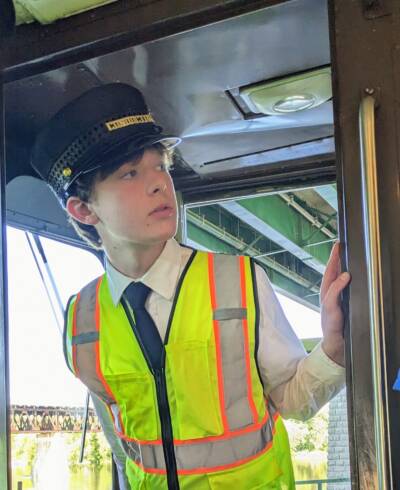
Any amount of assistance can make a sizable impact for any museum, tourist railroad or organization, no matter where that help is coming from. A prime example is Anderson Pries, who volunteers at the Fox River Trolley Museum in South Elgin, Ill. The 15-year-old serves as a collector, who assists the conductor during trolley rides, while also being instrumental in helping to breathe new life into the museum’s Fox River Lines newsletter, now called The Electric Times.
How did you get involved in rail preservation?
Anderson Pries: I went to the Museum of Science and Industry in downtown Chicago and saw the Pioneer Zephyr there. That was my introduction to trains, and it encouraged me to go to the Illinois Railway Museum to see the Nebraska Zephyr. I then got really interested in railroad museums, especially interurbans, and I just enjoyed seeing all the volunteers there.
So, I found out the Fox River Trolley Museum has a really great place for young people to get involved. I started volunteering there in August of 2024 as a collector. Then on October 5, during Members Day, I heard people mentioning that we haven’t had a newsletter for a while. I thought I could help with that. By January this year, things started rolling. We now have a three-person team that works on the newsletter, including myself as a columnist.
As a young preservationist, what have you found to be the most challenging aspects in the industry?
Anderson Pries: There are young people, and there are quite a number of 30-year-olds at Fox River, but I’m one of the very few under 18 volunteering out there regularly. So, I believe that’s the most challenging aspect being the lack of volunteers under 18. It would be great to see more people of that young age be interested in preservation and take on roles.
What’s been the most rewarding for you so far?
Anderson Pries: Definitely the most rewarding is seeing what I can do to help the museum and trying to get stuff done because we’re a smaller museum. So everything matters, and what everybody does has a pretty big impact. Members reached out to me and said they haven’t had a newsletter in a while and are really happy to see it back.
Where do you see rail preservation as it is today and what do you hope it’ll become for the future?
Anderson Pries: Rail preservation looks to have grown from the 1950s. Most museums have now restored plenty of equipment and built state-of-the-art facilities to house them. But as I said before, I think what’s lacking is the much younger volunteers. So, I hope in the future that more will get involved and establish themselves for the future.
What advice would you give for any young person looking to get involved in the industry?
Anderson Pries: I cannot give any other advice before saying to advocate for yourself. Reach out to museums to see where and how you can help. There are some museums that don’t want people under 18, mostly due to their insurance preferences. But, I say you should reach out and see if you can volunteer, and still be determined.






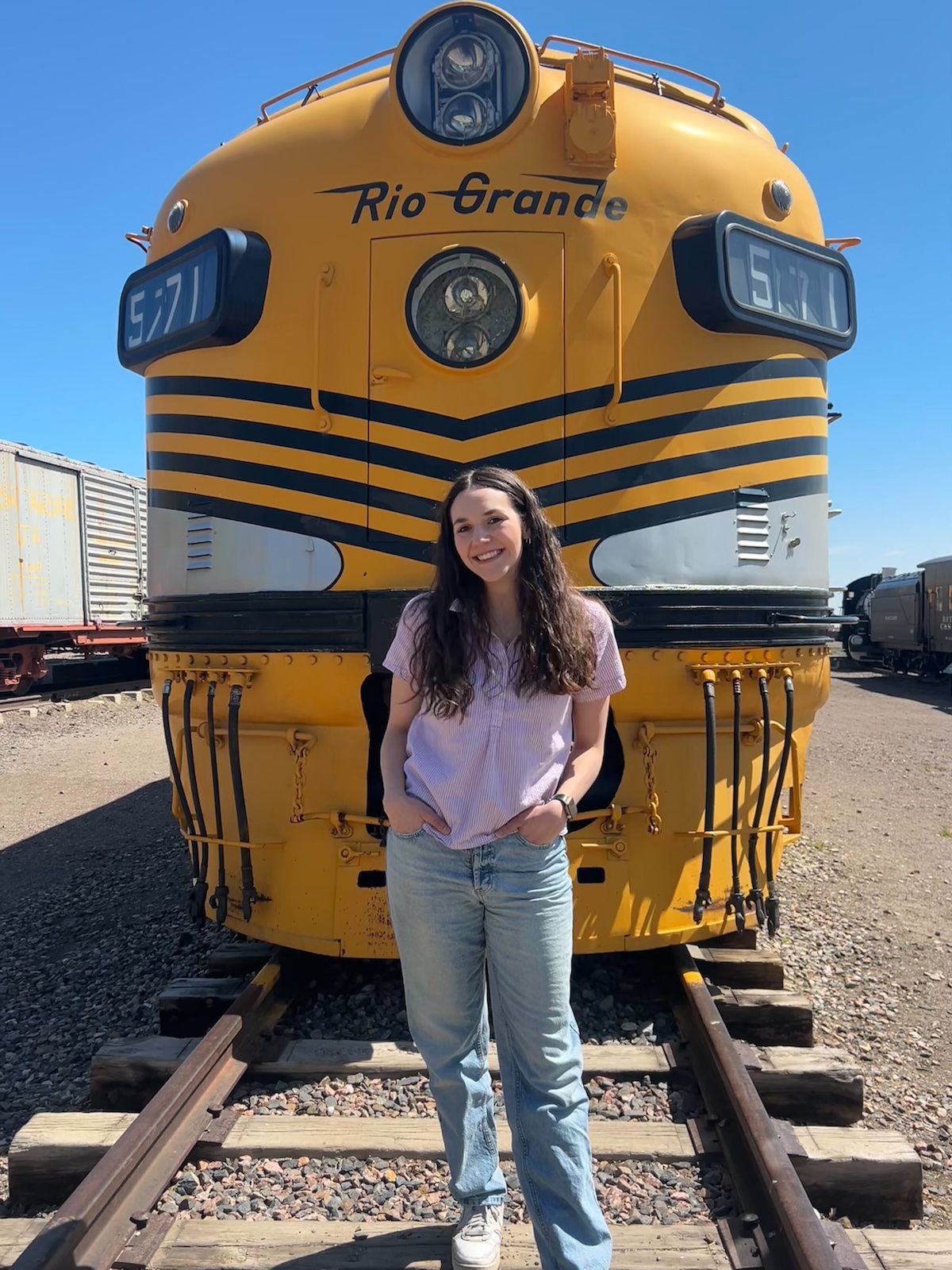
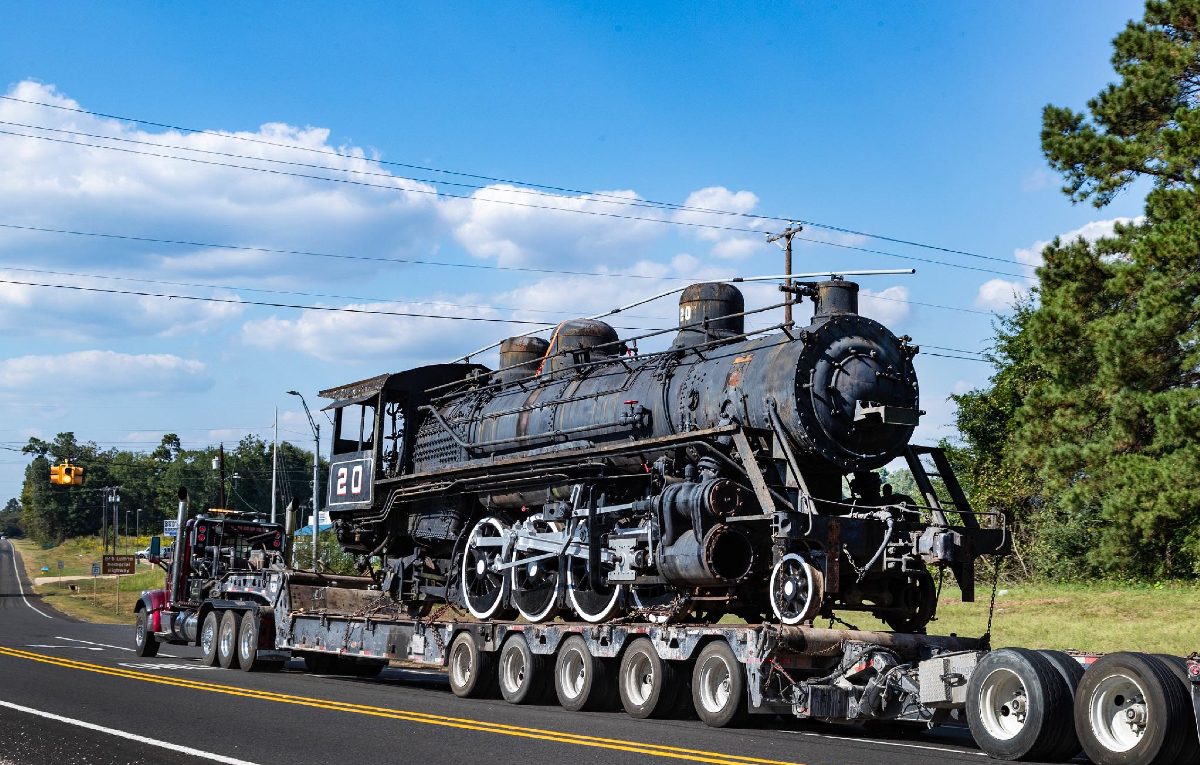
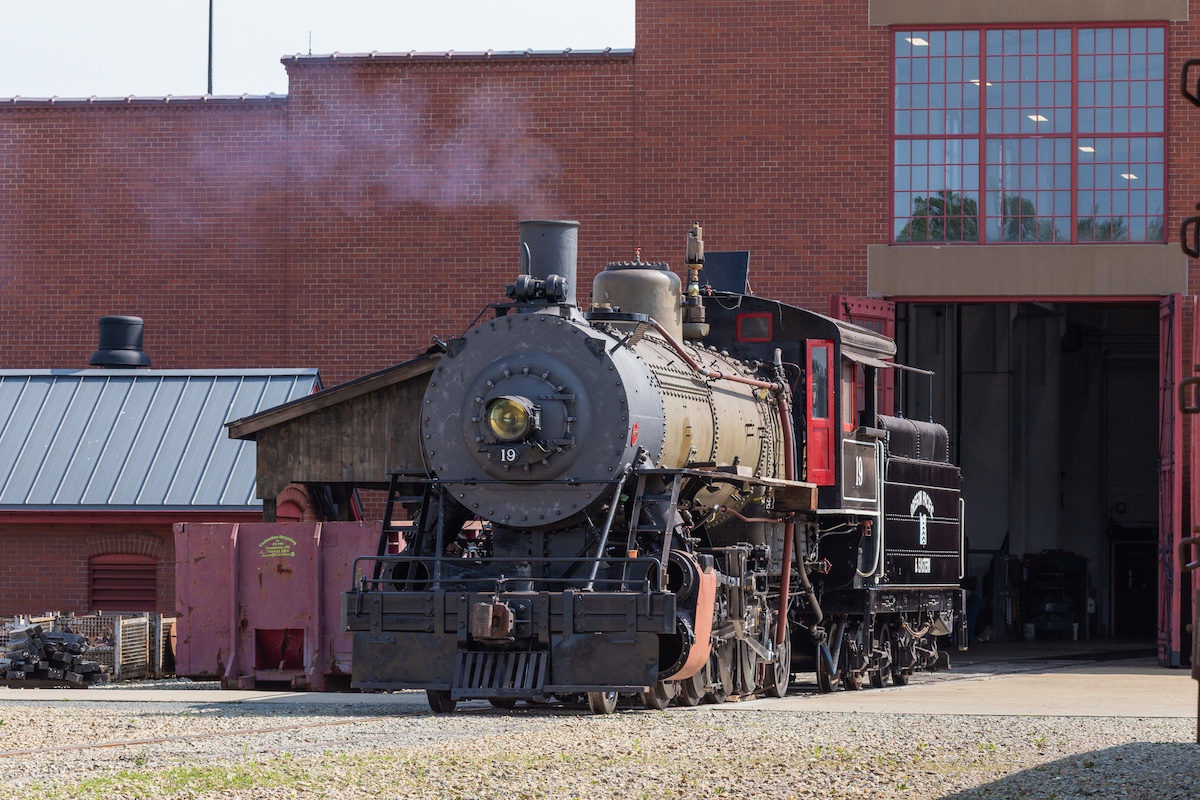
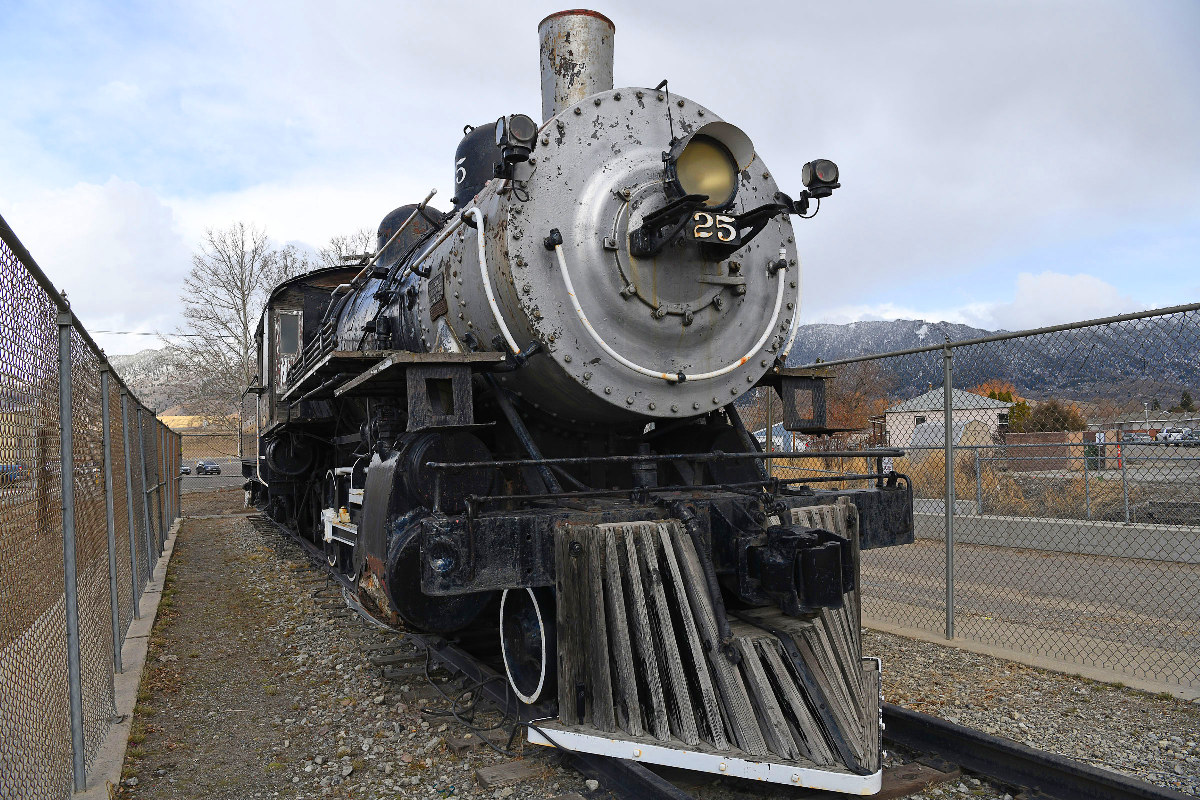
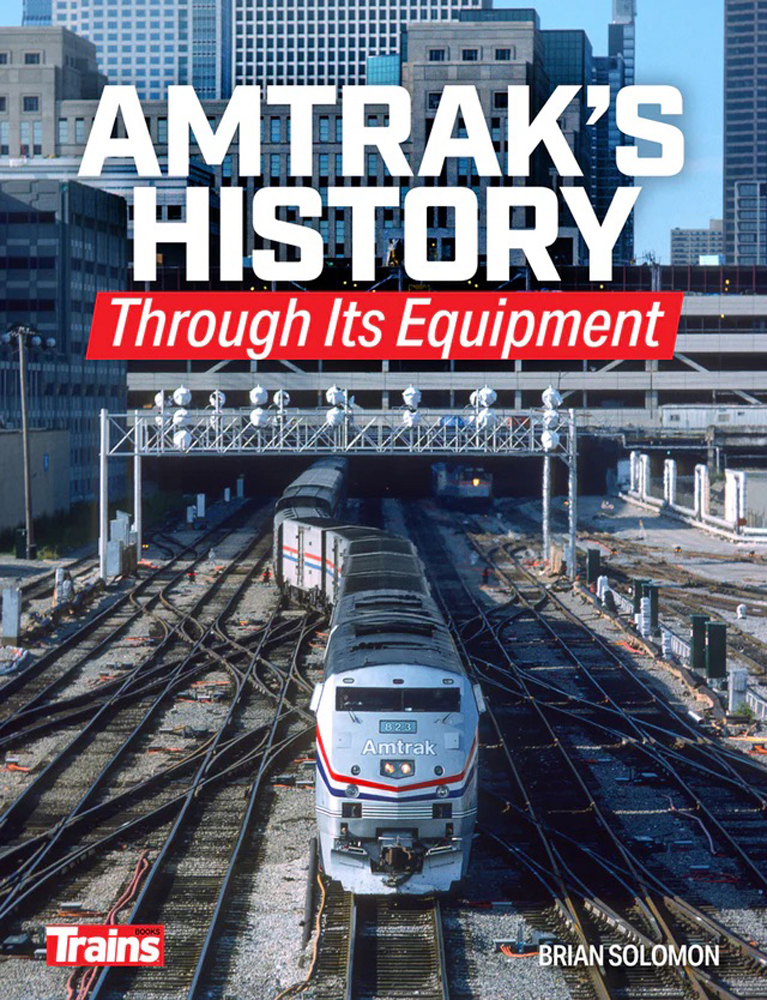
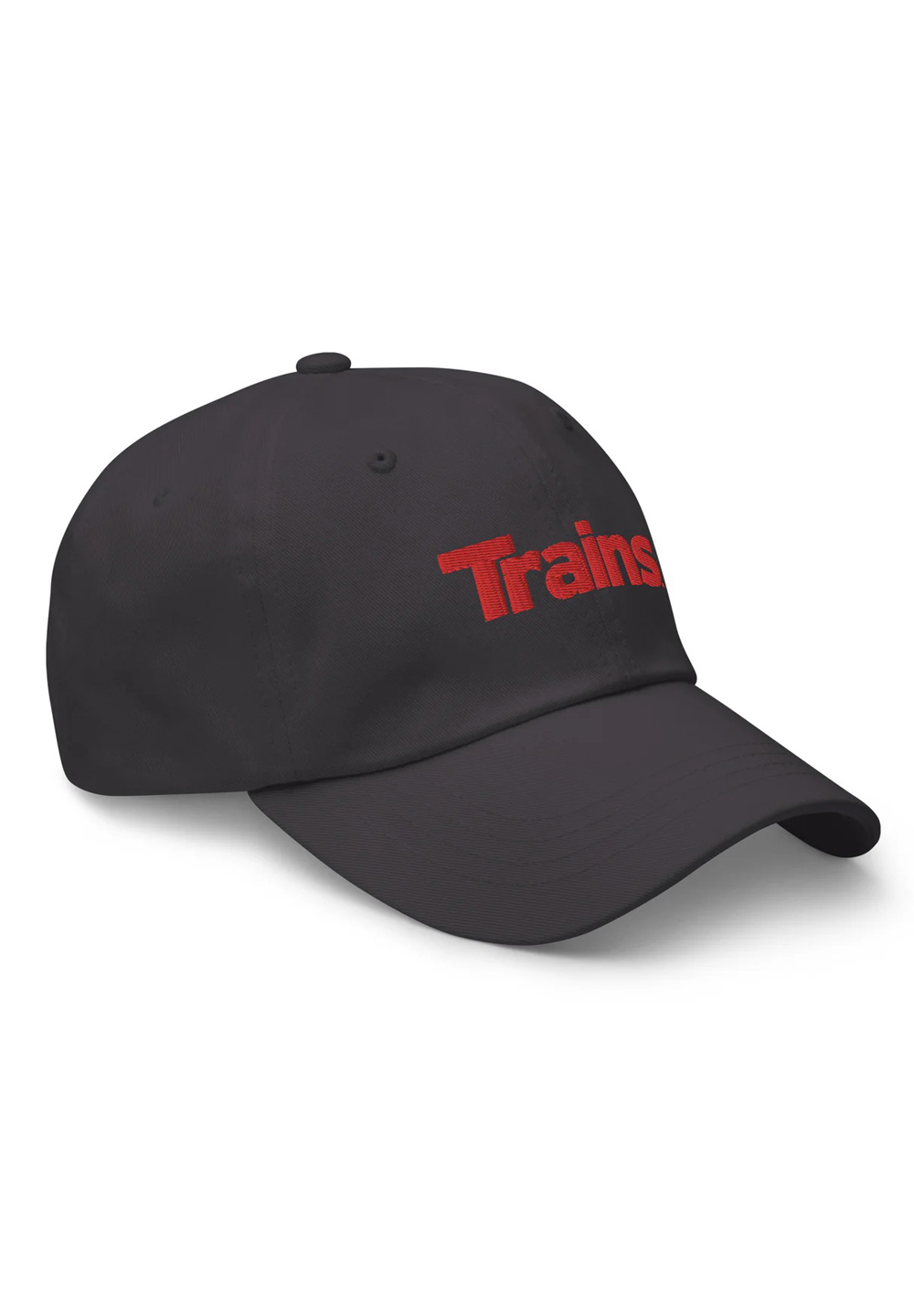
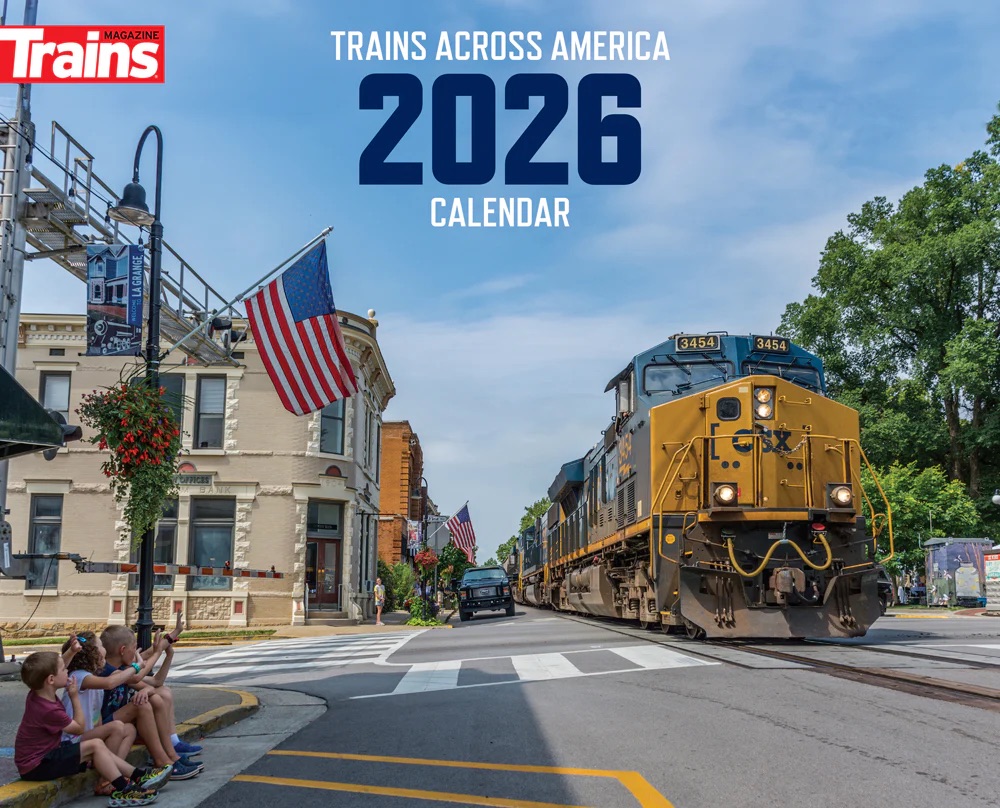
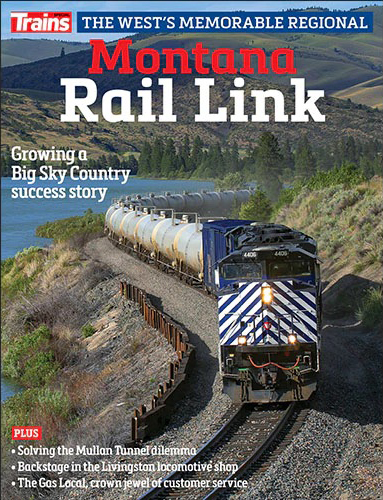
A fine story , thanks Anderson for your service to that museum and your encouragement to other young folks to follow your lead.